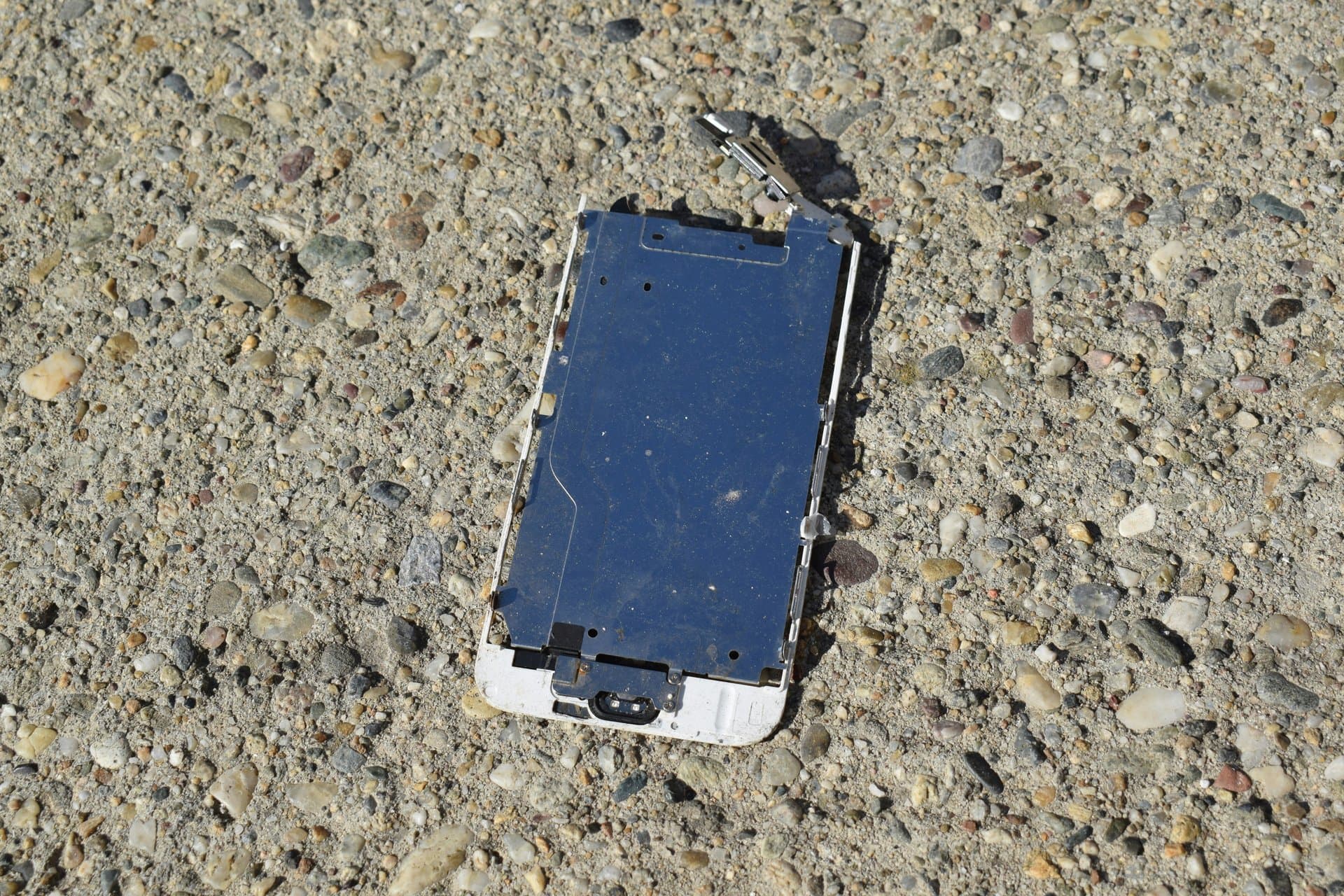Tech Titans Predict Smartphone Decline: What’s Next for Digital Life?
Explore how Elon Musk, Mark Zuckerberg, and Tim Cook’s contrasting visions for smartphones shape the future of technology, AI, and digital interaction in this evolving tech landscape.

Key Takeaways
- Tech leaders envision a post-smartphone era with brain implants, AR glasses, and digital tattoos.
- Apple’s Tim Cook bets on evolving the smartphone, not replacing it.
- Neuralink’s brain-computer interfaces aim to replace physical device interaction with thought.
- AR glasses could overlay digital content directly onto vision, replacing screens.
- The smartphone’s future is a philosophical divide: radical disruption vs. cautious evolution.

Smartphones have ruled our digital lives for over a decade, cradling communication, entertainment, and work in our palms. Yet, a quiet revolution brews in Silicon Valley, where tech giants like Elon Musk, Mark Zuckerberg, Sam Altman, and Bill Gates envision a world beyond the touchscreen. From brain implants to digital tattoos and augmented reality glasses, these innovators are betting on technologies that could make smartphones obsolete. Meanwhile, Apple’s Tim Cook charts a different course, doubling down on the smartphone’s evolution rather than its extinction. This article unpacks these competing visions, revealing a fascinating crossroads in how we’ll connect with technology in the coming decade.
Exploring Neural Implants
Imagine controlling your phone without lifting a finger or speaking a word. That’s the promise Elon Musk’s Neuralink is chasing with brain-computer interfaces (BCIs). Already, two human subjects have received implants that allow direct mental communication with machines. This tech aims to erase the need for tapping, swiping, or even talking to devices. Picture sending messages or launching drones purely through thought—a leap that challenges how we’ve interacted with technology for decades.
But this isn’t sci-fi fantasy; it’s a tangible shift underway. Neuralink’s progress signals a future where the smartphone’s touchscreen could become a relic. Yet, this leap raises questions about privacy, control, and how comfortable we are letting tech merge with our minds. For now, the idea of thought-powered devices feels like a thrilling, if unsettling, glimpse of what’s next.
Harnessing Digital Tattoos
Bill Gates is backing a different kind of tech revolution—digital tattoos. These aren’t your average ink; they’re nanosensor-packed devices worn on the skin, turning our bodies into living digital platforms. Developed by Chaotic Moon, these electronic tattoos can track health data, communicate, and even pinpoint location without pulling out a phone.
Imagine your skin as a screen and sensor, silently gathering and transmitting information. This approach sidesteps the need for handheld gadgets, blending technology directly with our bodies. It’s a bold vision that redefines digital interaction, but also invites scrutiny about data security and personal boundaries. Still, the idea of wearing tech as naturally as a tattoo is a fascinating twist in the smartphone saga.
Advancing AR Glasses
Mark Zuckerberg is betting big on augmented reality (AR) glasses as the smartphone’s heir apparent. His vision? By 2030, these glasses will overlay digital content directly onto your field of vision, replacing the need to glance down at a screen. Notifications, maps, and messages would float transparently before your eyes, blending the digital and physical worlds.
This isn’t just about cool gadgets; it’s a strategic move tied to Meta’s metaverse ambitions. Zuckerberg wants to “step beyond screens” and create immersive, seamless ways to connect online. While AR glasses promise freedom from the pocket-sized screen, they also challenge us to rethink privacy and social norms. Still, the idea of wearing your digital life on your face is a compelling glimpse into tomorrow’s tech.
Apple’s Evolution Strategy
While others chase radical reinvention, Apple’s Tim Cook is playing a different game—evolution over extinction. The recently launched iPhone 16 packs advanced AI and AR features but keeps the familiar smartphone form. Cook emphasizes improving what people already use, layering new tech gradually rather than scrapping the device entirely.
Apple’s approach banks on trust, privacy, and a vast ecosystem that billions rely on daily. Instead of a sudden leap, Cook envisions a blending of smartphones with wearables like the Apple Watch and Vision Pro headset. This steady path reflects a belief that society isn’t ready to abandon the smartphone just yet. It’s a reminder that sometimes, slow and steady wins the tech race.
Navigating the Tech Divide
At the heart of this smartphone saga lies a philosophical split: radical disruption versus cautious continuity. Musk, Zuckerberg, Gates, and Altman push for tech that disappears into our bodies or surroundings—brain implants, digital tattoos, and AI-powered ambient computing. Their vision promises unprecedented connectivity but also raises privacy and adoption challenges.
On the flip side, Apple’s Cook champions a human-centered model, where users keep physical control over their devices. This divide isn’t just about gadgets; it’s about how we want to live with technology. Will we wear it, think through it, or keep it in our pockets? The answer will shape the digital landscape for years to come, making this a pivotal moment in tech history.
Long Story Short
The smartphone’s reign is facing a crossroads shaped by bold visions and cautious pragmatism. Elon Musk’s Neuralink promises a future where thoughts command devices, while Mark Zuckerberg’s AR glasses aim to blend digital and physical worlds seamlessly. Bill Gates’ digital tattoos hint at turning our skin into a living interface. Yet, Tim Cook’s steady hand reminds us that evolution, not revolution, has kept the iPhone at the heart of billions of lives. For investors, consumers, and tech enthusiasts alike, this split signals a thrilling decade ahead—where digital life might be worn, thought, or still held in our pockets. The choice between radical disruption and trusted continuity will define not just devices, but our very relationship with technology itself.